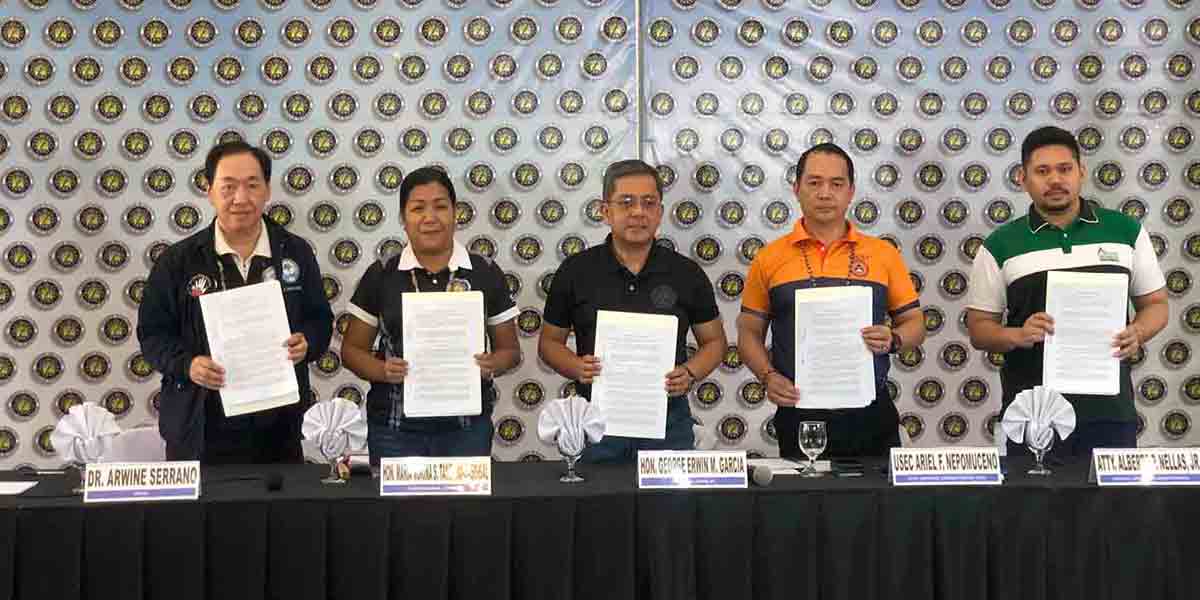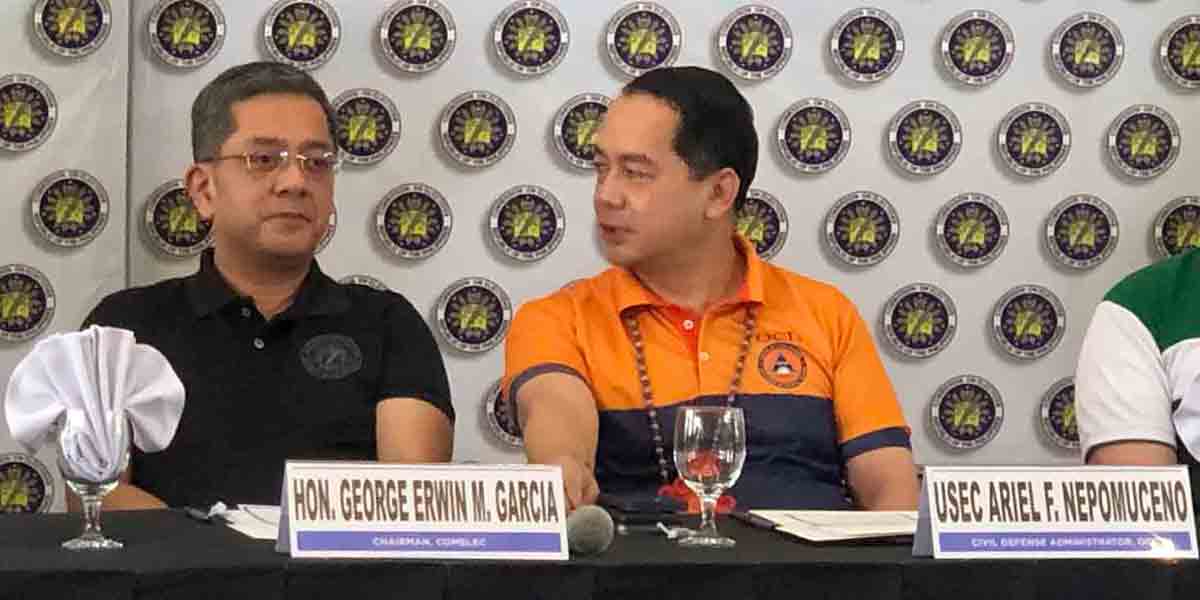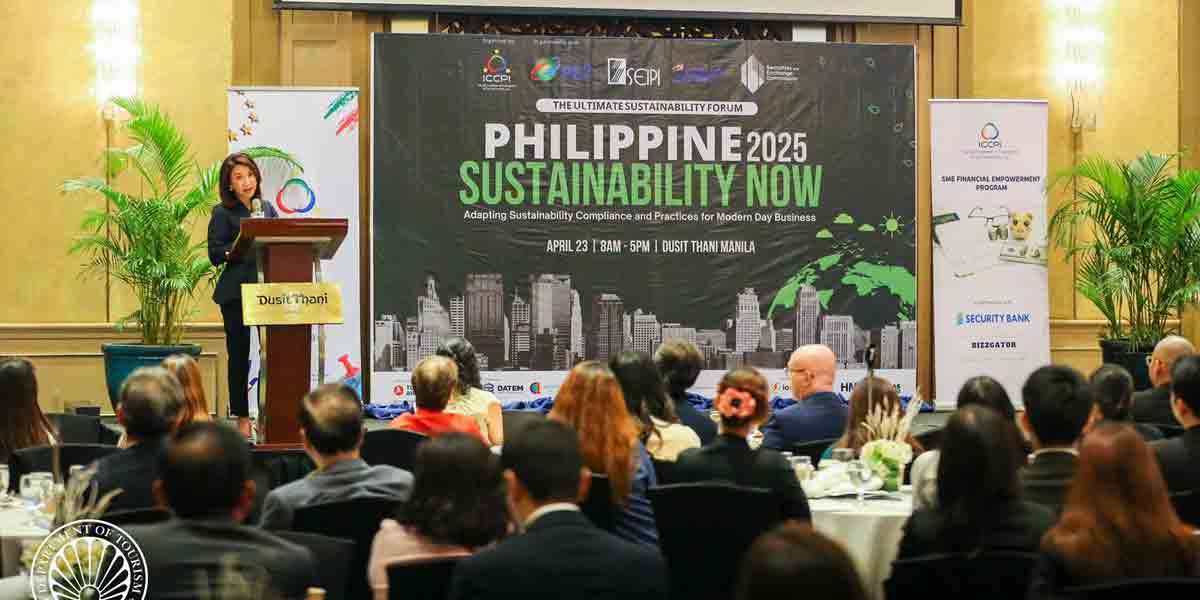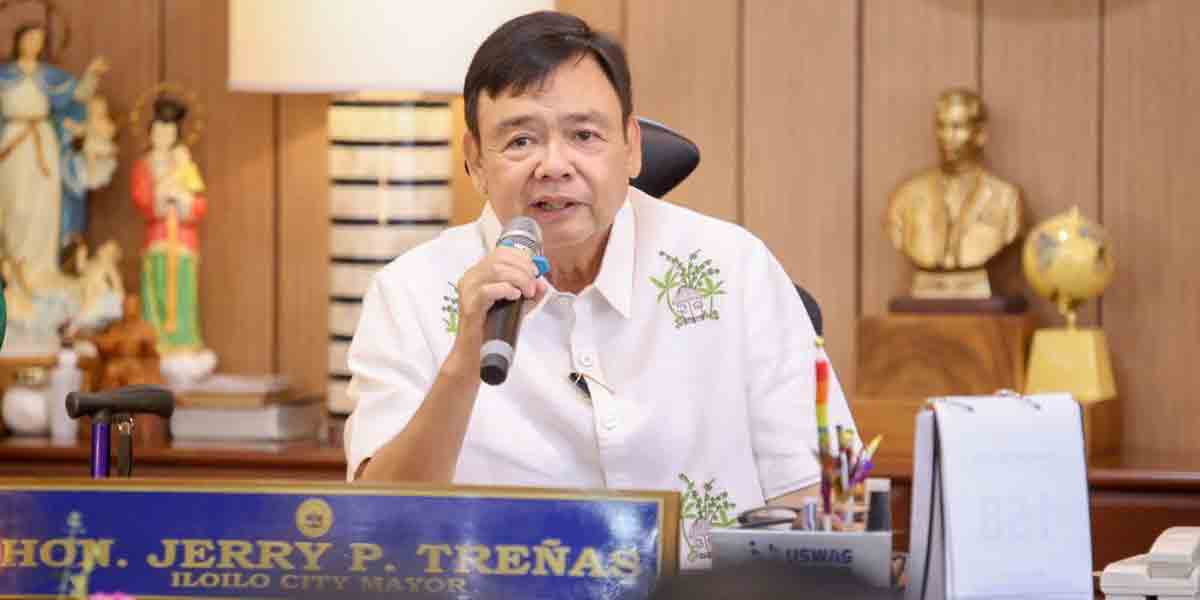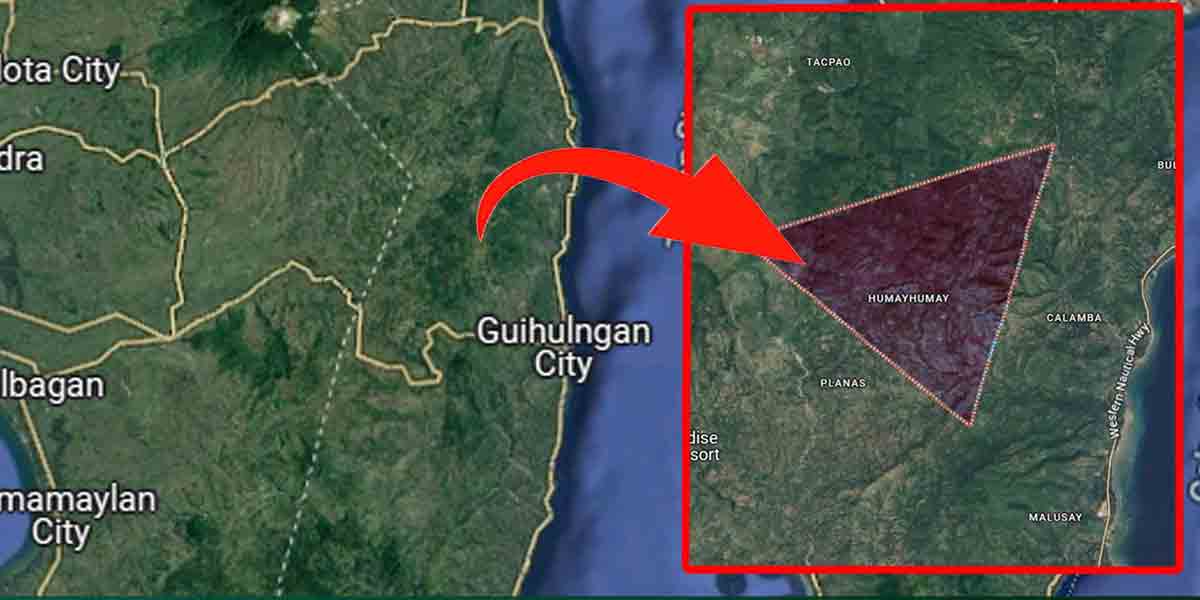By Herman M. Lagon
Now that the West Philippine Sea is finally getting the attention it deserves, perhaps it is time we shift our gaze eastward. Beyond Luzon, in waters quieter but just as consequential, lies the Philippine Rise, also known as Benham Rise. And while our collective energy has largely been consumed by the high-stakes drama of the WPS, the latest of which is the annexation of Sandy Cay reef, the growing presence of foreign survey ships and suspicious research initiatives in the Philippine Rise reminds us that sovereignty has more than one front. And if we truly care about territorial integrity, food security, and our children’s future, we cannot afford to treat Benham Rise as an afterthought
The Philippine Rise is no mere blip on the maritime map. It is a massive 13-million-hectare undersea plateau rich in minerals, marine life, and possibly natural gas. In 2012, the UN officially recognized it as part of our continental shelf—a quiet but proud win for science, diplomacy, and Benigno Aquino III’s administration. Yet, a decade later, we still struggle to protect and utilize it fully.
Former Senator Bam Aquino once urged the nation during the presidency of Rodrigo Duterte not to treat Philippine Rise the same way we treated the WPS. “Huwag nating isuko na parang West Philippine Sea ang napakahalagang yamang ito,” he warned. His words still sting today. The creeping presence of China on the Rise, including the renaming of five undersea features in 2018, has mainly been met with a mix of diplomatic silence and weak policy response. Yet Filipino scientists have long demonstrated that we are more than capable of conducting research there ourselves. Oceana Philippines, UP Marine Science Institute, and the Bureau of Fisheries and Aquatic Resources have conducted multiple expeditions, with Filipino divers being the first to reach and study parts of Benham Bank physically.
Senator Risa Hontiveros has also been one of the few lawmakers to walk the talk. She filed Senate Bill 146, pushing for the Philippine Rise to be declared a protected marine resource reserve. Her proposed law aims to set boundaries on extractive activities and establish a robust management board to safeguard the area from poaching, coral damage, and foreign intrusion. That bill, now echoed by a parallel version in the House, deserves far more airtime than it currently gets. If passed, it could serve as a legislative shield for our eastern frontier—a policy proof that we are finally treating Philippine Rise with the seriousness it warrants.
Some critics argue that declaring a portion of Benham Rise protected may weaken our claim to the entire area. But that argument, while seemingly patriotic, overlooks an important truth: you cannot protect what you do not actively manage. Establishing a marine reserve is not surrender. It is staking a flag. It tells the world that we know what we own and are ready to take care of it. Strategic conservation is not cowardice; it is long-term stewardship.
Real lives are already being affected. Coastal towns in Aurora, Isabela, and parts of Bicol see Benham Rise as a future food basket. It is already being eyed as a new tuna fishing ground. The UP Marine Science Institute reported an astonishing 100% coral cover in Benham Bank—possibly the last of its kind in Philippine waters. That alone should inspire a national effort to keep the area pristine. In a country battered by illegal fishing, rising sea temperatures, and climate-related disasters, having a “control group” like the Philippine Rise is scientifically and ecologically invaluable. It is not just a strategic asset. It is a living classroom, a food source, and a future economic engine.
Let us not forget that this is also a matter of narrative and identity. China is not just interested in resources; it is interested in shaping the region’s story. When we let another country name underwater features in our economic zone, we risk erasing our voice from the map. Former Senator Aquino was right to call that out. As Filipino educators, researchers, parents, and citizens, we must ensure our youth learn these stories through our lens—not Beijing’s, not Washington’s. If we are to instill values like integrity, responsibility, and courage, the best starting point may be how we frame our relationship with the waters that surround us.
Some might say, “But there are bigger issues at hand—inflation, unemployment, corruption, traffic, tuition fees.” That may be true. But the problems we often dismiss as “external” have a funny way of turning up at our doorstep. When our fish supply drops, storms get fiercer due to reef destruction, and foreign ships crowd out our small fishers, the line between “maritime issues” and daily life disappears. The sooner we understand that sovereignty is not a hashtag but a habit, the better we prepare the next generation to defend it—wisely and well.
Defending the West Philippine Sea while neglecting Benham Rise is like guarding your front door while leaving the back gate open. The same vigilance we now give to WPS should extend eastward. Not out of fear but out of foresight. Not out of hate for others, but out of love for our home. The Philippines is more than islands—it is a shared story, rich in life and duty, from shore to shore. And if we are serious about our future, then we must claim it—not just on paper, not just on maps, but in action, law, and collective will.
***
Doc H fondly describes himself as a “student of and for life” who, like many others, aspires to a life-giving and why-driven world grounded in social justice and the pursuit of happiness. His views do not necessarily reflect those of the institutions he is employed or connected with.


